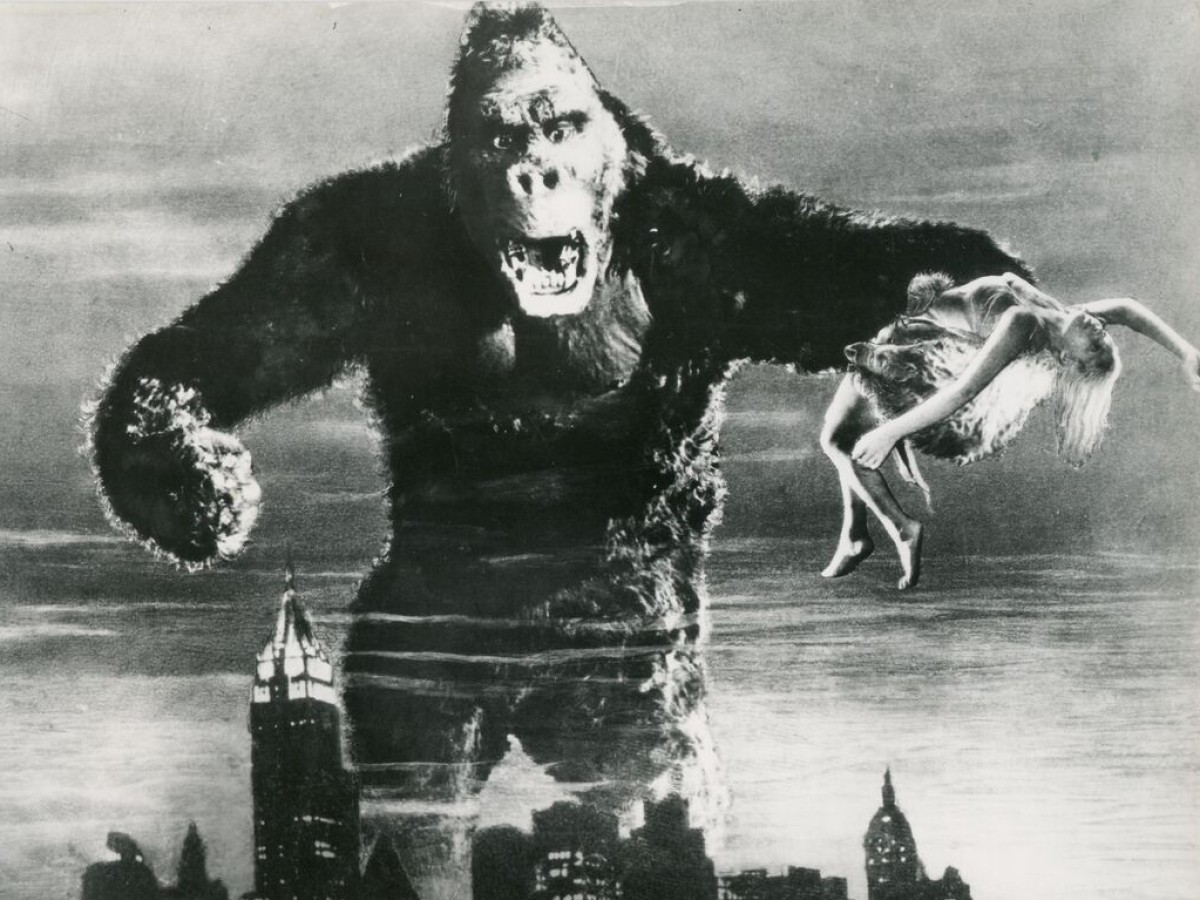Films You Cannot See Elsewhere
The Amos Vogel Atlas – Chapter 11: Of Apes and Humans
November 21, 2022
The titular hero of King Kong (1933) is celebrated as a "curious monster" (and marvel of animation technology that confounds our reason) in Amos Vogel's book Film as a Subversive Art. The fictional giant ape has remained a cinematic icon thanks to its timeless ambivalence: gigantic monster and playful child – a monumental expression of humans' ambivalent way of seeing (not only in cinema) their "next of kin" in the animal kingdom, the ape. This Vogel Atlas illustrates this contradictory perspectives with five consciously antithetical examples: King Kong, slapstick (Laurel & Hardy, Bugs Bunny), Eve Heller's dream-like perspective shifts and a documentary masterpiece by Frederick Wiseman. (Christoph Huber / Translation: Ted Fendt)
Amos Vogel (1921–2012), an Austrian-born Jew, became one of the most important figures in international film culture after his emigration to the United States. The Amos Vogel Atlas is a series dedicated continuing Vogel's oppositional legacy alongside the study of his literary estate, which is deposited in the Film Museum. Rarities from the collection represent key focal points.
The titular hero of King Kong (1933) is celebrated as a "curious monster" (and marvel of animation technology that confounds our reason) in Amos Vogel's book Film as a Subversive Art. The fictional giant ape has remained a cinematic icon thanks to its timeless ambivalence: gigantic monster and playful child – a monumental expression of humans' ambivalent way of seeing (not only in cinema) their "next of kin" in the animal kingdom, the ape. This Vogel Atlas illustrates this contradictory perspectives with five consciously antithetical examples: King Kong, slapstick (Laurel & Hardy, Bugs Bunny), Eve Heller's dream-like perspective shifts and a documentary masterpiece by Frederick Wiseman. (Christoph Huber / Translation: Ted Fendt)
Amos Vogel (1921–2012), an Austrian-born Jew, became one of the most important figures in international film culture after his emigration to the United States. The Amos Vogel Atlas is a series dedicated continuing Vogel's oppositional legacy alongside the study of his literary estate, which is deposited in the Film Museum. Rarities from the collection represent key focal points.
Related materials
Books Film as a Subversive Art


